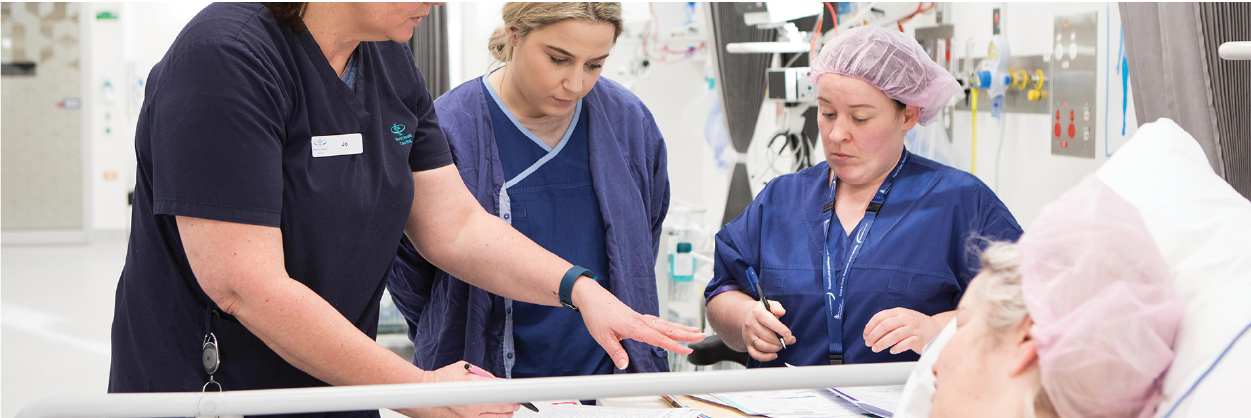
Health services will be better able to monitor planned surgery performance and have access to powerful new tools to compare and investigate their performance data, following the launch of the new Planned Surgery Monitoring Dashboard on the VAHI portal.
Developed as part of the Surgery Recovery and Reform (SRR) program, the dashboard provides far more flexibility and more detail about planned surgery data than was previously available to Victorian health services.
The SRR program is part of the government’s $1.5b investment to support system recovery and to embed sustainable system reform following significant disruptions to planned surgery during the COVID-19 pandemic.
Key features of the dashboard include interactive tools that enable users to deep dive into surgical wait lists and activity to explore how well hospitals are meeting patient needs and to compare their performance with peer hospitals in a more interactive way than was previously available.
VAHI CEO Dr Lance Emerson said improving health services’ capacity to monitor and compare their planned surgery performance is a key step to improving access to quality care for all Victorians.
“This dashboard allows a whole new level of interactivity, enabling users to select any number of health services for comparison, and to explore data in granular detail based on their decisions,” Dr Emerson said.
“This will help services highlight and share what they are doing well, and also where they can learn from their peers to drive even better performance for their patients.”
The dashboard also enables health services with operating theatres to more actively manage their data needs, reducing their reliance on VAHI to interpret and use their data.
Previously, these health services would have to lodge a request via VAHI’s data request hub to access specific data if they wanted to compare their own data with other health services.
Services will now be able to access and explore their data at the press of button, including through a ‘decomposition’ tool which enables users to ‘slice and dice’ or segment different cohorts (patients waiting, patients treated) using a customised set of fields.
Another unique function of the dashboard is the ability to share data outputs directly with other authenticated users via the share function, further facilitating engagement and interaction within and across health services.
The department’s Surgery Reform and Recovery team and performance leads played a key role in the development of the dashboard, which they hope will foster collaboration between health services and the department to improve the provision of planned surgery for Victorians.
Health service users have been positive about the new dashboard, reporting good early impressions and anticipation for increased utility as they work through the dashboard’s full capability.
Data available through the dashboard will be updated monthly, aligned with other VAHI reporting products. Although much of the dashboard’s functionality is new, the underlying data is consistent with other key VAHI reports, so users can access the dashboard with the confidence that it will match their Monitor results.
The dashboard will be iteratively developed and improved as we respond to program priorities and sector needs.
The Planned Surgery Monitoring Dashboard can be accessed through the VAHI portal. The portal requires authenticated access, providing secure access to the report. Approved health service users identified by the department will be able to access patient-level records for their own health service, which will allow users to see, for example, which patients are waiting well over clinically recommended wait times.
The VAHI portal can be accessed at www.vahi.vic.gov.au. Questions or requests for access can be directed to [email protected]
This report contains data from the Elective Surgery Information System (ESIS) database. Further information about this data collection can be found at: https://www.health.vic.gov.au/data-reporting/elective-surgery-information-system-esis.




